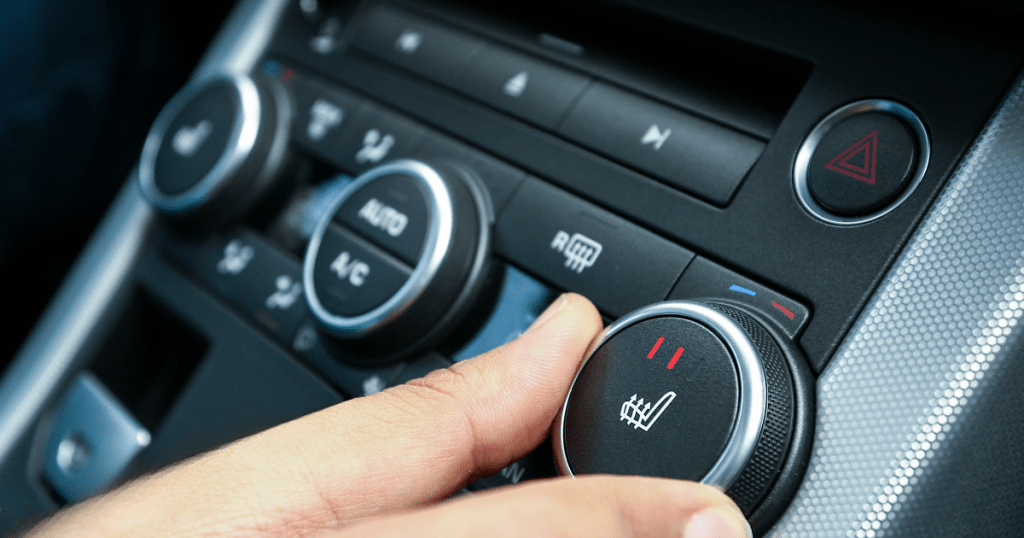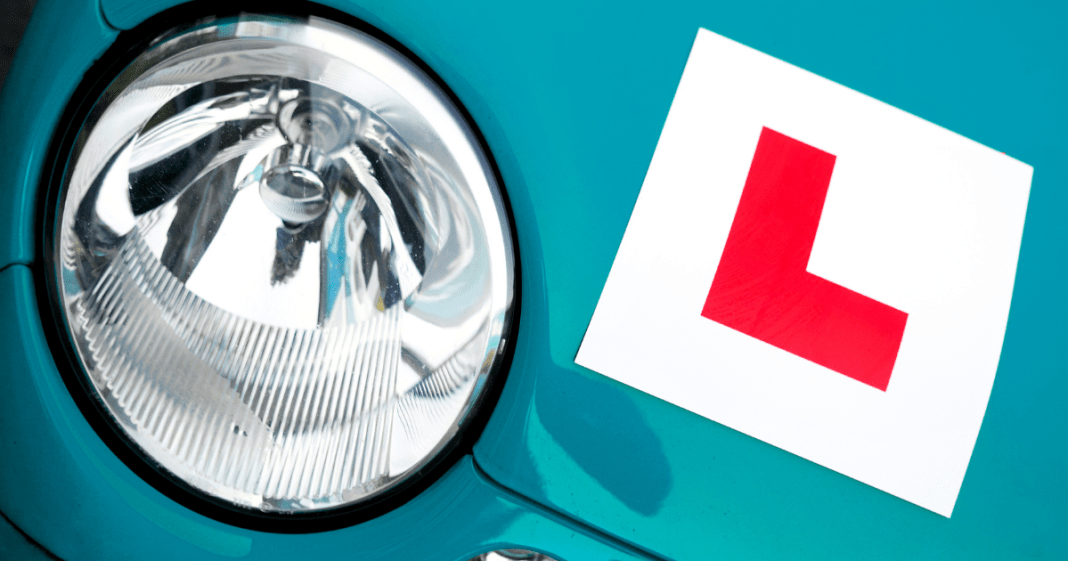Last Updated on April 8, 2025
The process of learning to drive is an exciting yet challenging milestone. For learner drivers, having the right technology and car features can potentially make the experience safer, easier, and more enjoyable. As we are seeing further growth and development with the advancements in new car technology, most modern vehicles manufactured now come equipped with a range of driver assistance tech designed to support those who are new to driving and are still getting to grips with the road. In this blog, we’ll explore the best car technology for learner drivers, looking at how these features can enhance safety, improve confidence, and contribute to an overall smoother driving experience. Whether you’re a learner looking for a car with the best new car features for safe learning or a parent searching for a suitable vehicle, this guide will help you understand which modern car technology can make all the difference
What Do We Mean by New Car Technology?
New car technology refers to the latest innovations integrated into vehicles to improve safety, convenience, and efficiency. Over the years, cars have evolved from basic transport machines to highly sophisticated vehicles with intelligent systems designed to assist drivers in a number of different ways.
For learner drivers, car safety technology and driver assistance tech can play a crucial role in reducing the risks associated with inexperience on the road. Features such as automatic emergency braking, lane-keeping assistance, and adaptive cruise control can help learners and inexperienced drivers in general build confidence while ensuring they stay as safe as possible on the road. These technologies are designed to provide guidance without taking full control, allowing learners to develop their driving skills while benefiting from an extra layer of protection.

Are Car Features Important for Learner Drivers?
Absolutely! Modern car technology can be beneficial for learner drivers. With the right features, learners can feel more secure, gain confidence, and focus on developing their driving skills without unnecessary stress. It’s important to note that whilst car features and modern technology integrated in new vehicles are very useful, learner drivers must still learn how to control a vehicle without relying on these features, as they cannot be used in driving tests. That being said, they can be extremely useful for practising driving and even more so once you’ve passed your test.
Here’s why car features are useful for learner drivers:
- Enhanced Safety: Many driver assistance technologies are designed to prevent accidents and to correct common mistakes.
- Increased Confidence: Learners and inexperienced drivers in general may feel more at ease knowing there are safety features to assist them when first getting to grips with a car.
- Easier Parking and Manoeuvring: Advanced parking assistance and cameras can help with tight spaces and tricky manoeuvres.
- Smoother Driving Experience: Features like adaptive cruise control can make long drives more manageable.
- Support During Emergencies: Automatic emergency braking and lane assist can intervene if a learner makes an error.
Some of The Best New Car Technology Features for Learners
1. Automatic Emergency Braking (AEB)
What is it and how does it work?
Automatic Emergency Braking (AEB) is a system that is designed to detect potential collisions and automatically apply the brakes if the driver fails to react in time. Using cameras, radar, and sensors, AEB monitors the road ahead and responds quickly to reduce the severity of an impact or avoid it altogether. In an emergency situation, automatic emergency breaking will apply the brakes if the system thinks you’re about to drive/collide into something ahead of you.
Why is it beneficial for learners?
Learner drivers may not always react as quickly as experienced drivers, especially in unexpected situations. AEB provides support, which is designed to prevent accidents caused by delayed braking. It’s important to note, that learner drivers and all drivers in general driving a vehicle with AEB, must still be alert to potential hazards on the road and be able to apply the brakes manually themselves, in addition to the AEB system.
2. Lane-Keeping Assistance (LKA)
What is it and how does it work?
Lane-Keeping Assistance (LKA) helps drivers stay in their lane by detecting unintentional drifting. If the system senses the vehicle veering out of its lane without indicating, it provides gentle steering inputs or warnings to guide the car back on track.
Why is it beneficial for learners?
New drivers can sometimes struggle with lane discipline, particularly on motorways. LKA assists in maintaining proper positioning, reducing the risk of lane departure accidents.
3. Parking Sensors & Rear-View Cameras
What is it and how does it work?
Parking sensors detect obstacles around the car and provide audio or visual warnings to help drivers park safely. Rear-view cameras display a live feed of the area behind the car, giving a clear view of surroundings when reversing.
Why is it beneficial for learners?
Parking can be one of the most challenging aspects of learning to drive. These features make it easier to judge distances, avoid obstacles, and park confidently. Please be aware that whilst parking sensors are very helpful, they shouldn’t be fully relied on. When parking, or completing any vehicle manoeuvre, the use of all mirrors is vital.
4. Adaptive Cruise Control (ACC)
What is it and how does it work?
Adaptive Cruise Control (ACC) maintains a steady speed while adjusting automatically to the flow of traffic. Using radar and sensors, it slows down or speeds up based on the distance to the vehicle ahead.
Why is it beneficial for learners?
Long journeys and dual carriageway driving can be intimidating for learner drivers and inexperienced drivers in general. ACC helps road users maintain a safe following distance, reducing the need for constant speed adjustments and making motorway driving more comfortable. Whilst ACC is helpful, it can never be used as a substitute for manually controlling a vehicle’s speed.

Conclusion
Technology is shaping the future of driving, and for learner drivers, having access to the right car features can significantly enhance their learning experience. From safety enhancements like AEB to convenience features like parking sensors, modern cars are equipped with intelligent systems that support new drivers on their journey to becoming confident motorists. Investing in a vehicle with the latest safety features can help create a safer and more comfortable learning experience on the road.
FAQs
This can be a subjective area, with different drivers potentially requiring different features. For example, Automatic Emergency Braking (AEB) could be seen as one of the most crucial features, as it can prevent accidents by applying the brakes when a collision is imminent. Alternatively, those who struggle with parallel parking may find parking sensors as the most important feature.
Not all new cars have advanced driver assistance tech as standard, but many models offer these features as optional extras or in specific models.
Yes, lane-keeping assistance can help learners maintain proper lane discipline when practising driving and to be more aware of the importance of lane keeping. Lane discipline is a vital part of learning to drive, both in practice and during the driving test, so it’s crucial that learners understand its importance early on.
While parking sensors assist in daily driving, they shouldn’t be purely relied upon during a driving test, the use of mirrors is of vital importance. However, they are beneficial for practice and real-world parking situations.
Some features, like Automatic Emergency Braking (AEB), are becoming mandatory on new cars due to safety regulations, but many advanced features are still optional.









